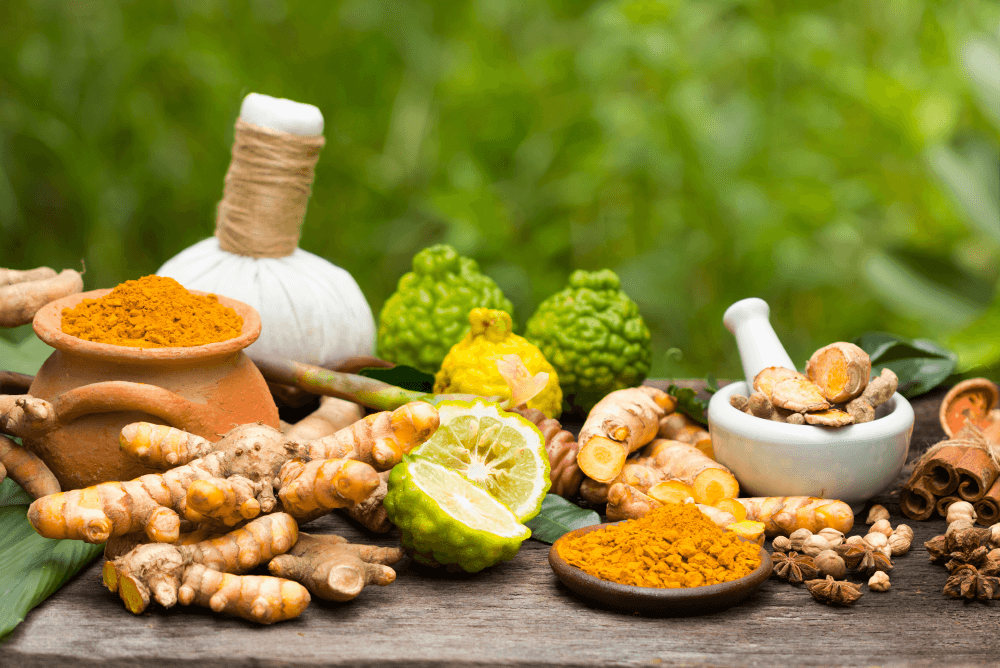Infections and Monsoons: What? Why? How?
The monsoon season, characterised by its refreshing rains and cool breezes, is a welcome respite from the scorching heat of summer. However, along with its pleasant weather, the monsoon brings a significant increase in the prevalence of infections. The warm, moist environment created by continuous rainfall provides an ideal breeding ground for various pathogens, leading to an uptick in illnesses. This blog will explore the common infections during the monsoon, why they occur, and how you can protect yourself and your loved ones during this season.
What Are the Common Infections During Monsoons?
During the monsoon season, the combination of high humidity and stagnant water leads to the proliferation of bacteria, viruses, fungi, and parasites, resulting in a surge of infections. Some of the most frequent illnesses encountered during the monsoon are:
1. Dengue Fever
Transmitted by the Aedes mosquito, which breeds in stagnant water, dengue fever is characterised by high fever, severe joint and muscle pain, rash, and in severe cases, haemorrhage.
2. Malaria
The Anopheles mosquito also transmits malaria. It presents with symptoms such as fever, chills, headache, and vomiting.
3. Leptospirosis
This bacterial infection is contracted through direct contact with water contaminated with the urine of infected animals, particularly rodents. Symptoms include high fever, muscle aches, and in severe cases, liver damage and kidney failure.
4. Chikungunya
Like dengue, chikungunya is spread by the Aedes mosquito. It causes severe joint pain, fever, and rash, with joint pain often persisting for months after the fever subsides.
5. Gastrointestinal Infections
The monsoon season is notorious for outbreaks of gastroenteritis, caused by contaminated food and water. Common culprits include bacteria like E. coli, viruses like rotavirus, and parasites like Giardia.
6.Respiratory Infections
The damp and humid environment of the monsoon season can exacerbate respiratory conditions and lead to infections such as the common cold, flu, bronchitis, and in some cases, pneumonia.
7. Skin Infections
Fungal infections, particularly those affecting the skin, are common during the monsoon due to the high humidity. Athlete's foot, ringworm, and other skin infections are widespread.
8. Eye Infections
Conjunctivitis, commonly known as pink eye, becomes more common during the monsoon. It can be caused by bacteria, viruses, or allergens, leading to red, itchy, and watery eyes.
Why Are Infections More Common During the Monsoon?
The rise in infections during the monsoon can be attributed to several factors, including environmental, behavioural, and biological elements that come into play during this season.
1. Stagnant Water
One of the primary reasons for the increase in infections during the monsoon is the accumulation of stagnant water, which serves as a breeding ground for mosquitoes, leading to diseases such as dengue, malaria, and chikungunya.
2. Humidity
The high humidity levels during the monsoon produce an environment conducive to the growth of bacteria and fungi, resulting in respiratory and skin illnesses.
3. Contaminated Water Supply
The heavy rains often lead to the mixing of sewage with drinking water supplies, increasing the risk of waterborne diseases like cholera, typhoid, and gastroenteritis.
4. Poor Sanitation
Flooding and waterlogging can lead to poor sanitation, creating conditions conducive to the spread of infections, particularly gastrointestinal and vector-borne diseases.
5. Immune System Response
The sudden change in weather can affect the body's immune response, making individuals more susceptible to infections. The damp and cold environment can weaken the immune system, especially in children and the elderly.
6. Consumption of Contaminated Food
During the monsoon, the chances of consuming contaminated food increase due to the prevalence of street food vendors operating in unsanitary conditions. This leads to an increase in foodborne illnesses.
7. Crowded Living Conditions
The monsoon often forces people into crowded living conditions, especially in urban areas where waterlogging and flooding are common. This proximity contributes to the spread of respiratory illnesses.
How Can You Protect Yourself During the Monsoon?
While the monsoon season poses several health risks, there are numerous steps you can take to protect yourself and reduce the risk of infection.
1. Avoid Stagnant Water
Ensure that there is no stagnant water around your home or workplace to prevent mosquito breeding. Use mosquito nets, and repellents, and wear long-sleeved clothing to minimise exposure.
2. Maintain Hygiene
Wash your hands often with soap and water, especially before eating and after using the restroom. Good personal hygiene is crucial in preventing the spread of infections.
3. Drink Safe Water
Only drink boiled or filtered water. Avoid consuming water from unknown sources. Ensure that water storage containers are clean and covered to prevent contamination.
4. Eat Healthy and Hygienic Food
Avoid street food, especially during the monsoon. Before consuming fruits and vegetables, ensure they have been thoroughly washed. Opt for freshly cooked, home-prepared meals.
5. Boost Immunity
Incorporate immune-boosting foods such as citrus fruits, garlic, ginger, and turmeric into your diet. Regular exercise, adequate sleep, and staying hydrated are also essential for maintaining a strong immune system.
6. Wear Appropriate Clothing
Wear loose, breathable clothing that covers your body to prevent mosquito bites. During this season, cotton clothing is preferable as it absorbs sweat and reduces the risk of fungal infections.
7. Keep Your Surroundings Clean
Ensure that your living environment is clean and dry. Clean floors and surfaces with disinfectants regularly. Dispose of garbage promptly to prevent the attraction of pests.
8. Use Antifungal Powders
To prevent fungal infections, particularly in areas prone to sweating, use antifungal powders and keep these areas dry. Pay attention to feet, underarms, and groin areas.
9. Avoid Walking in Dirty Water
Walking through dirty or stagnant water can expose you to various infections, including leptospirosis. If you must walk through water, ensure that you clean your feet thoroughly afterwards.
10. Get Vaccinated
Ensure that your vaccinations are up to date. Vaccines for diseases like typhoid, hepatitis A, and influenza can provide added protection during the monsoon season.
11. Seek Medical Advice Early
If you develop symptoms like fever, body aches, rashes, or respiratory distress, seek medical attention promptly. Early diagnosis and treatment are crucial in managing infections effectively.
Conclusion
The monsoon season, with its refreshing showers, is a time of joy and renewal. However, it is also a time to be vigilant about the increased risk of infections. By understanding the common infections that occur during this season, the reasons behind their prevalence, and taking proactive measures to protect yourself, you can enjoy the beauty of the monsoon while staying healthy. Simple practices such as maintaining good hygiene, drinking clean water, eating safe food, and protecting yourself from mosquitoes can go a long way in ensuring that the monsoon remains a season of happiness rather than illness. Stay safe, stay healthy, and embrace the rains with care!







